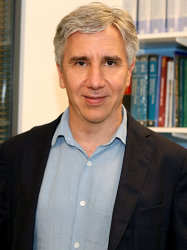BibTex format
@article{Suel:2022:10.3390/rs14143429,
author = {Suel, E and Sorek-Hamer, M and Moise, I and Von, Pohle M and Sahasrabhojanee, A and Asanjan, AA and Arku, RE and Alli, AS and Barratt, B and Clark, SN and Middel, A and Deardorff, E and Lingenfelter, V and Oza, NC and Yadav, N and Ezzati, M and Brauer, M},
doi = {10.3390/rs14143429},
journal = {Remote Sensing},
title = {What you see is what you breathe? Estimating air pollution spatial variation using street level imagery},
url = {http://dx.doi.org/10.3390/rs14143429},
volume = {14},
year = {2022}
}

